
Wide angle lenses
Nikon AF 10.5mm f/2.8G DX - The fisheye
|
Lens data for the Nikon AF 10.5mm f/2.8G fisheye:
Lens construction: 10 elements in 7 groups Closest focusing: 0.14 m / 0.46 ft For DX sensors: full frame equivalent: 16 mm Filter: Rear-attachment type, 27 mm Hood: Built-in Dimensions: 2.5 x 2.5 in Weight: 10.8 oz. Appearance: 2003 Performance on cameras with DX-sized sensors: During a visit at the Paul Scherrer Institute PSI (a research institute located in Villigen, Switzerland) I've met a good old friend. He works at the institute and invited me to have a look at some of the large particle accelerator facilities (like the SLS, a synchrotron light source). When he discovered my camera, he spontaneously offered me his Nikon AF 10.5mm f/2.8G DX fisheye lens for the tour. As a passionate photographer, he had this lens at his working place. I've never used a fisheye lens before and had a lot of fun with it during that day. It offered completely new possibilities in these huge halls. Fisheye lenses have short focal lengths and take in an extremely wide image. With the 10.5mm fisheye and a DX sensor, the picture angle reaches 180 degrees! Fisheye lenses show rather strong barrel distortion. All straight lines which don't go through the center of the image appear curved. A fish looking straight up to the water surface sees a similiar image, thus the name "fisheye" (ok, I don't know what a fish really perceives, but at least the laws of optics suggest this). Images taken with fisheye lenses can be very effective, striking - they offer unexpected views (unless you are a fish) because of the wide field, the perspective and the distortion. If a fisheye is used too often however, it can get tiresome for the viewer. I was surprised by the small weight, compactness and excellent optical quality of this lens. For a fisheye, it is very sharp with excellent contrast. Flare and ghosting are well-controlled and mostly a non-issue. Depth of field is extremely large. When the lens is closed down depth of field reaches from maybe 10 inches all the way to infinity. Color aberrations will be visible when the Nikon AF 10.5mm f/2.8G DX is used wide open in high contrast situations (e.g. with backlight). In lower contrast scenes or when the lens is closed down, color aberrations are kept well within limits. Make sure to shoot in RAW mode and use a good RAW converter (like Nikon's own) if aberrations are a concern. The Nikon AF 10.5mm f/2.8G DX produced quite ugly-colored edges on the Fuji S5 Pro camera in backlight situations. They only appeared when Fuji RAW images (.RAF files) were converted with Adobe's Camera Raw. With Fujifilm's Hyper Utility software, the problem was mostly gone. A few days after my visit at the institute I've bought a Nikon AF 10.5mm f/2.8G DX. It has been in my camera bag most of the time and I have used it on a regular base - but only in very small doses. Images taken with the fisheye lens spread restlessness - I have no fisheye images on my walls because of this. Still, I love to use the cute little lens because of the creative potential it offers and because it's pure fun. |
Using a fisheye effectively usually means getting really close to the
target. So close in fact, you really have to watch out or you will collide with it. Also, there is a permanent risk of including parts
of your body (e.g. the feet!) or shadows of them in the image (180 degrees picture angle is wide...). It takes some time to master the
challenges of a fisheye. The Nikon AF 10.5mm f/2.8G DX fisheye is an excellent lens for sports photography, landscape work, underwater photography, event photography (e.g. concerts) and for covering large technical products and installations. The fisheye usually won't be the main lens in these applications but an interesting addition. Performance on a full frame camera (Nikon D3): The Nikon AF 10.5mm f/2.8G DX fisheye is optimized for cameras with DX sensors. On a Nikon D3 with its larger sensor, a large part of the image stays black. The lens doesn't illuminate the whole sensor and in addition, the built-in lens hood causes further vignetting. Thus, a few photographers simply have cut away the hood with a saw. This way, the useful image circle grows a little bit. For me, this has never been an option. For full frame cameras, there is a better alternative: Nikon offers a 16mm full frame fisheye (it is an older design however). In 2008 I have sold the Nikon AF 10.5mm f/2.8G DX fisheye lens after three years of use because I've sold most of my DX cameras. More details about the Nikon AF 10.5mm f/2.8G DX fisheye on a Nikon D3 camera can be read here . Rating for the Nikon AF 10.5mm f/2.8G DX lens (Maximum: 5, Minimum: 1): Image quality wide open: 4 (excellent sharpness for fisheye) Overall image quality: 4-4.5 (excellent sharpness for fisheye) "Bokeh": - (very large depth of field) Build quality: 5 Lens construction for the Nikon AF 10.5mm f/2.8G DX: 
Yellow: ED glass Image © 2008 Nikon Corporation (source) Nikon AF 10.5mm f/2.8G DX external reviews*) imagepower.de (cache: 1 ) naturfotograf.com (cache: 1 ) photozone.de (3 parts) (cache: 1 2 3 ) *) The cache numbers in parenthesis next to the links lead to cached pdf files (in case the original links don't work anymore). The files usually only represent parts of the original contents from January 2010. |
Some images taken
with the Nikon AF 10.5mm f/2.8G DX
(Sensor: DX format):

|
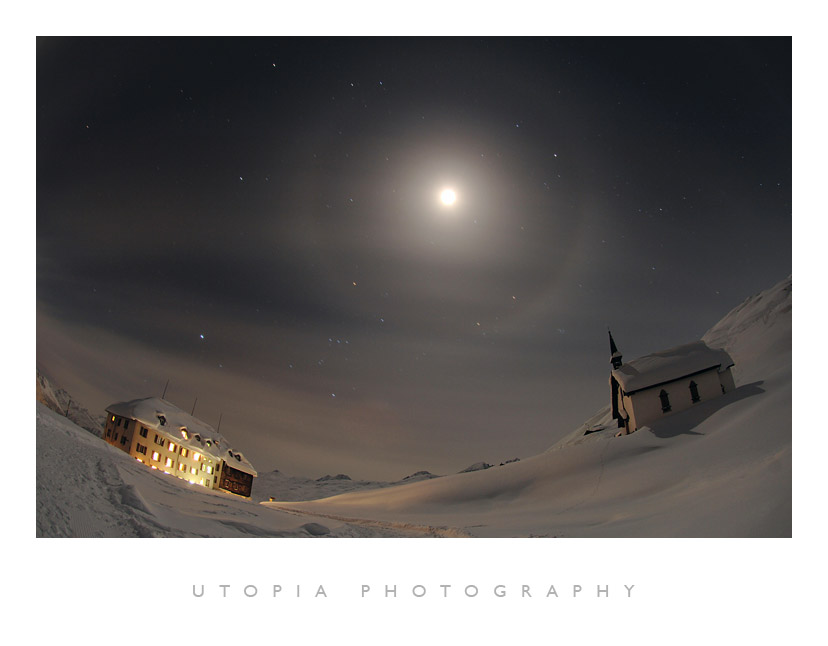
|
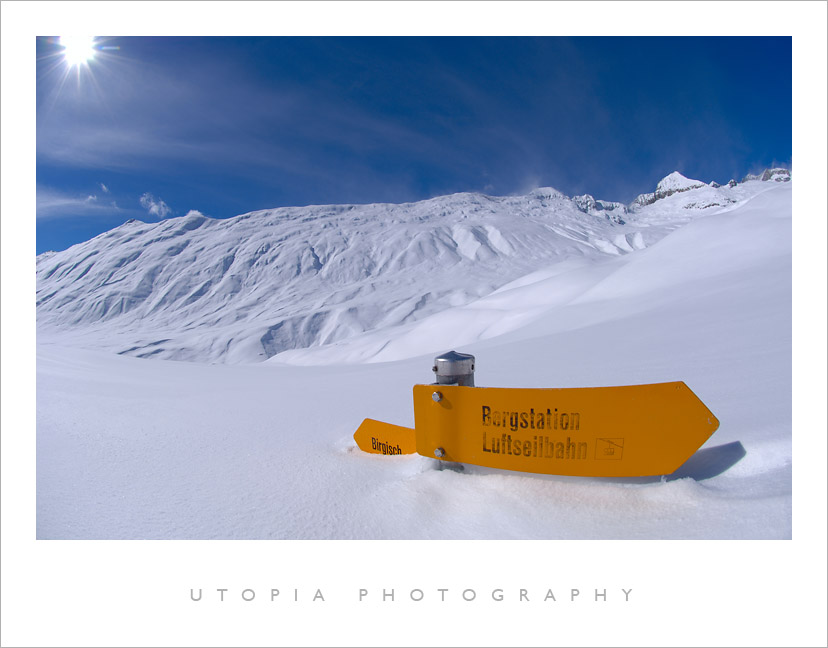
|
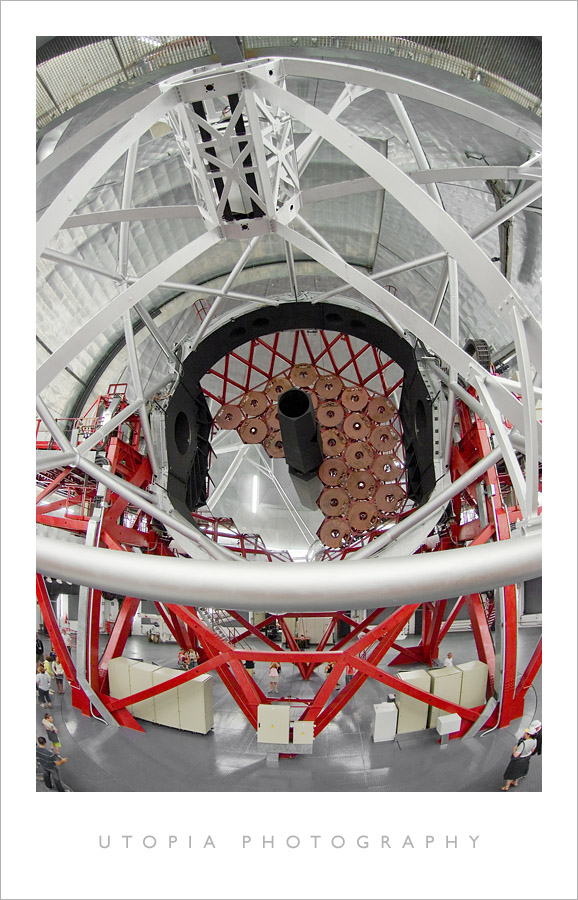
|
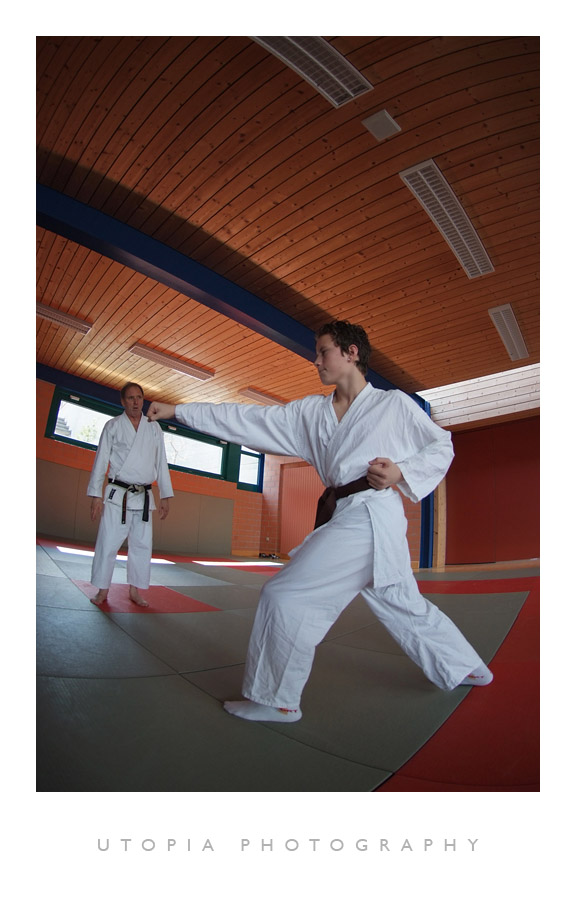
|
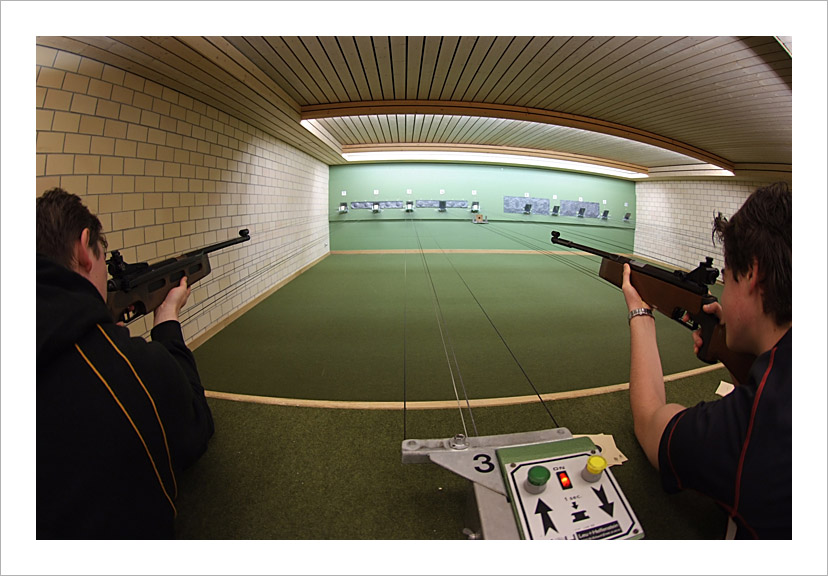
|
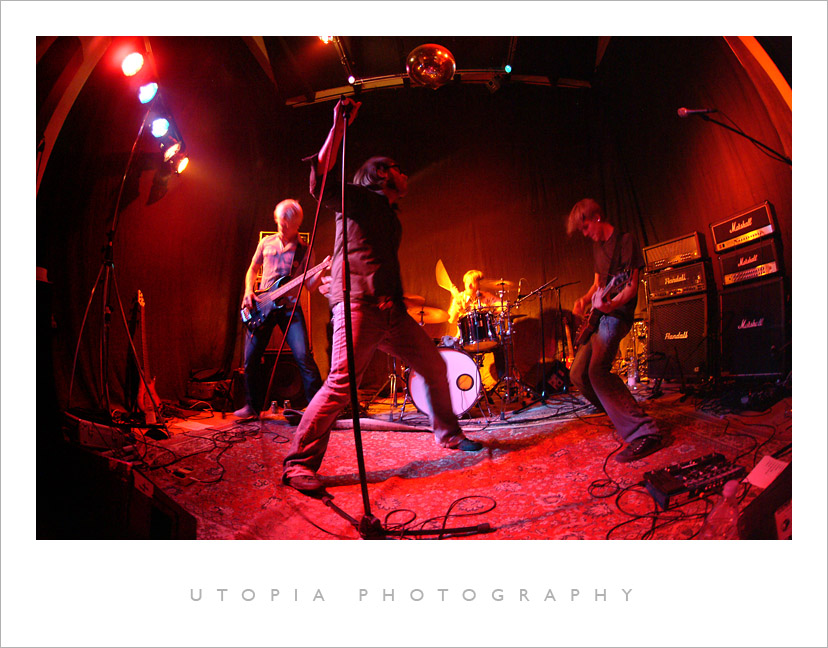
|

|